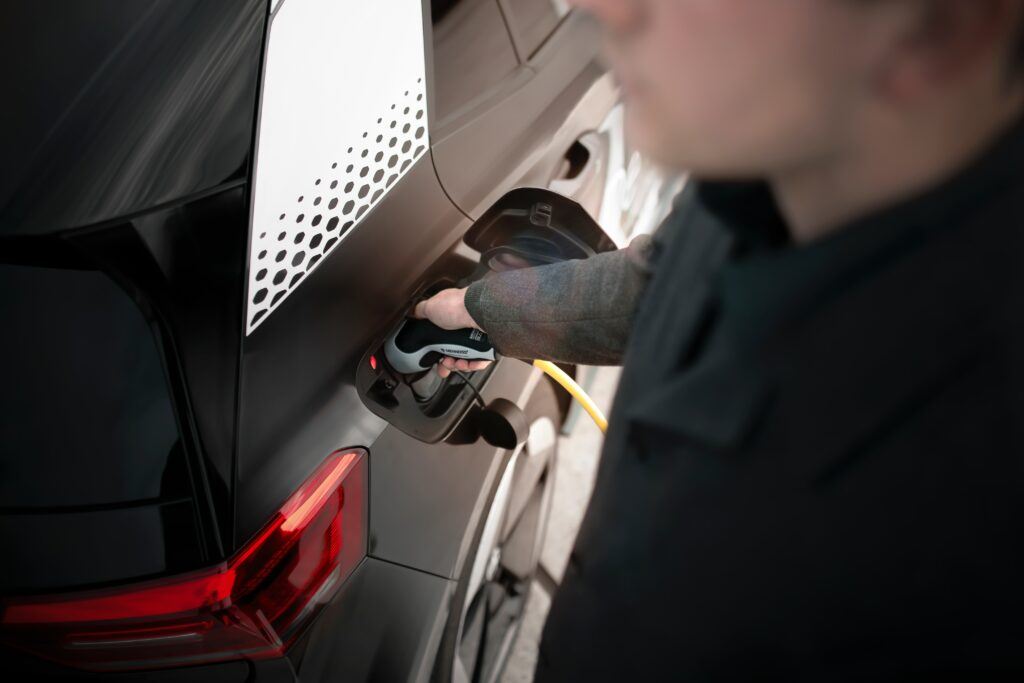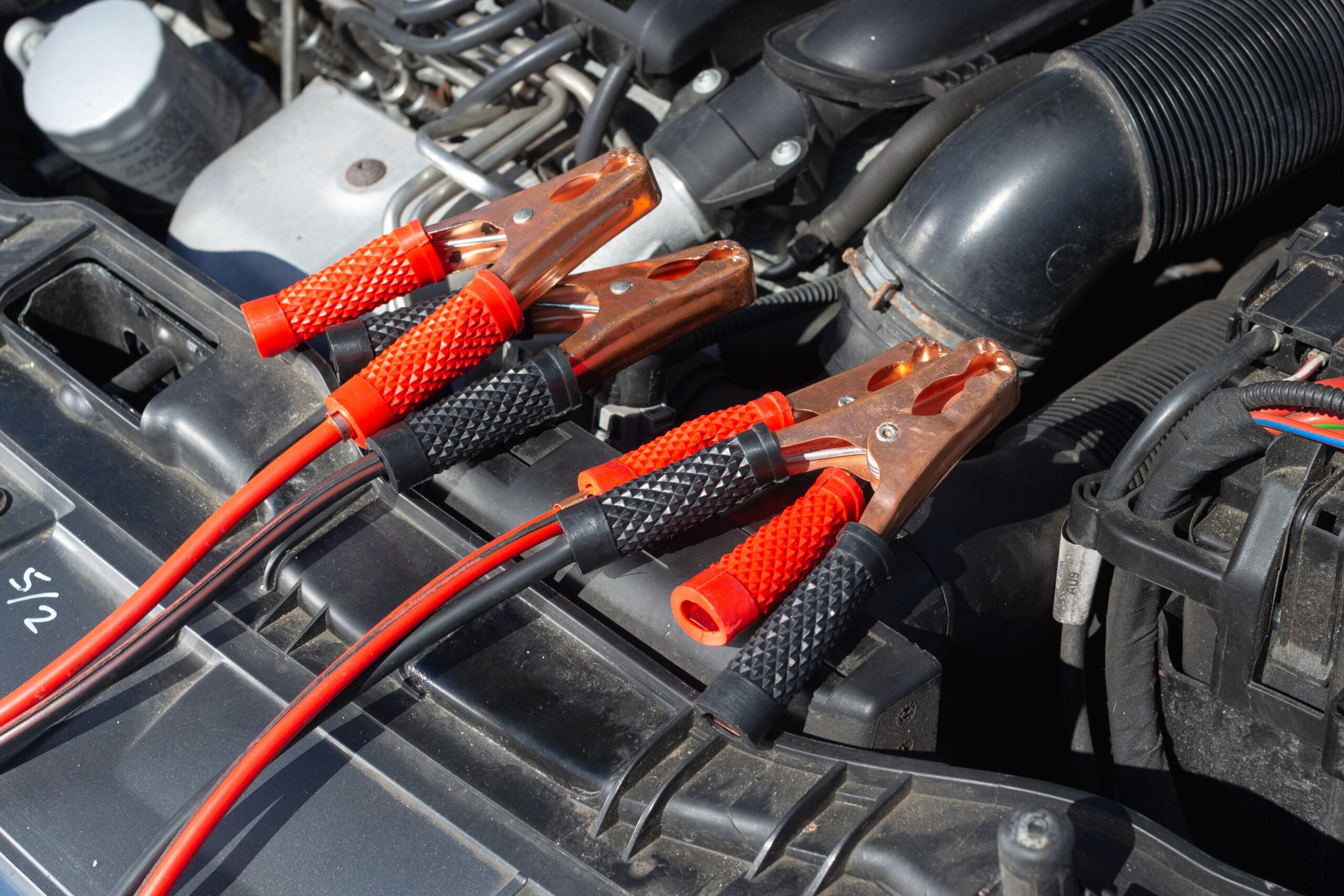According to the manufacturer, your automobile won’t start because the battery is dead or close to dying. In some cases, a failing alternator or a malfunctioning starter could be to blame for the problem. A Battery Or Alternator issue can be challenging to distinguish. Find out who’s to blame by following these steps.
If Your Car Isn’t Starting, Try These Tips:
The warning signals listed above should be able to assist you in figuring out precisely what’s wrong. Get a kick start if you don’t want to run your diagnostics. It is advised that you have your electrical system regularly inspected by a competent professional electrical contractor. This is a general rule of thumb. Inspecting the starting and charging systems is a must.

Checking the fluid level in an average wet-cell battery is an essential part of doing routine battery maintenance. The cables and posts are inspected for corrosion, and the wires are checked to verify that they are tightly coiled and free of corrosion before being installed. In addition to the usual load test, an electronic battery test provides further information.
It also tracks current flow in addition to voltage and cold-cranking amps. Symptoms of malfunctioning diodes, which convert AC to DC electrical current, should be looked for. It’s time to replace your batteries if you’ve added a sound system or other Battery Or Alternator power-hungry aftermarket items to your car. It could necessitate a higher-capacity alternator. After the alternator has been checked, the focus will shift to other components of the starting and charging system to discover if they are defective.
Alternator Failure Warning Signs:
Battery Or Alternator inspect the stereo system’s output, dimming lights, and no-start or difficult-starting issues. If your vehicle starts but then stalls while driving, you most likely have an alternator problem. Worn-out alternator bearings may produce an obnoxious whining sound emanating from your engine when drains such as the heater or sound system are activated.
If your car’s check-engine or low-battery warning light comes on, take action. The charging system of the vehicle may be malfunctioning if this is the case. If this is the case After a jump-start, you may need to purchase a new battery if your car doesn’t start. A failing alternator could be the blame. A medical professional should examine this item to make an accurate diagnosis.
Symptoms of a Faulty Battery:
Cold mornings make starting a slow engine like yours more difficult. When you attempt to start it, you will either hear no sound or see no inside lights. Take note of the appearance of the battery, specifically Battery Or Alternator for signs of wear and tear, as well as any corrosion on the connectors. When a battery is nearly depleted, it is possible to observe rust on the storm terminals.

If you can jump-start your vehicle, you know you have a battery problem. To determine if it’s simply past its prime or underlying difficulties, you must first determine how old it is. A faulty alternator may be the cause of a low or dead battery. Auxiliary lights, fuses, sound systems, alarms, and the like can all add to the problem.
Battery and Alternator Functions:
A car battery provides a sizable electric charge that passes through the starting mechanism and spins certain gears to move the vehicle. When you start the car, the alternator delivers power back to the battery, which you can use to power the vehicle. When you’re driving, it provides power for your car’s gadgets.
It has a reduced life expectancy as a result of this, and it can be unreliable. During alternator repairs, check to see if you need a new alternator. Overcharging the Battery or Alternator while it is being recharged could cause it to overheat. If your battery is dead, the alternator will not be damaged.


